In modern times, a bright white smile is seen as a sign of health and beauty. But in Elizabethan England, things looked a little different literally. Back then, blackened teeth weren’t just common; they were considered fashionable. What sounds strange to us today was once a symbol of wealth and high status, thanks in part to Queen Elizabeth I and her notorious sweet tooth.
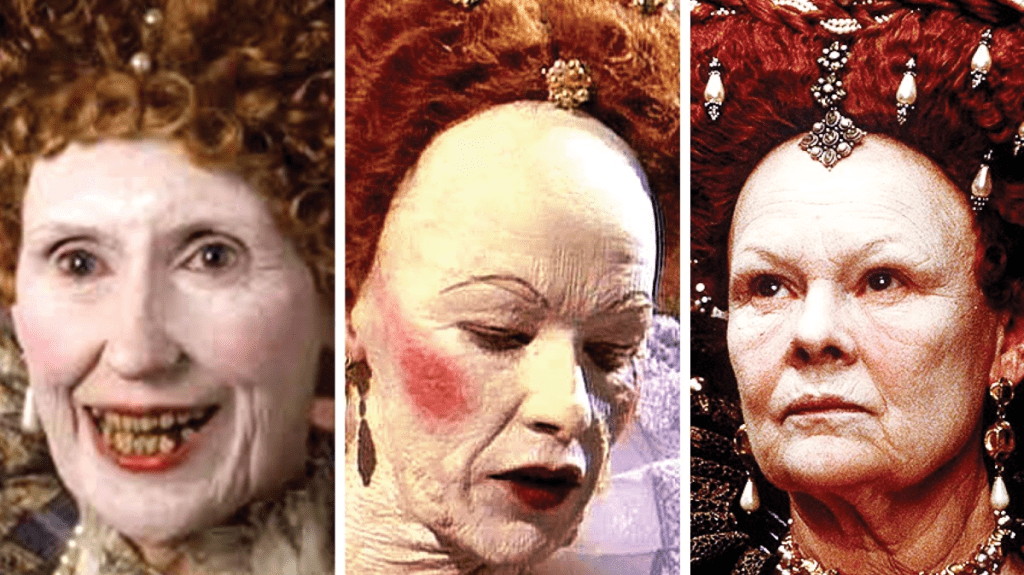
A Sweet Obsession Begins
During the late 1500s, sugar was a luxury item. It wasn’t available in every household, and it certainly wasn’t cheap. Imported through global trade routes, sugar quickly became one of the most prized ingredients for the wealthy. It was used not just in food but also in medicine and cosmetics. But the most powerful and trendsetting consumer of sugar at the time was Queen Elizabeth I herself.
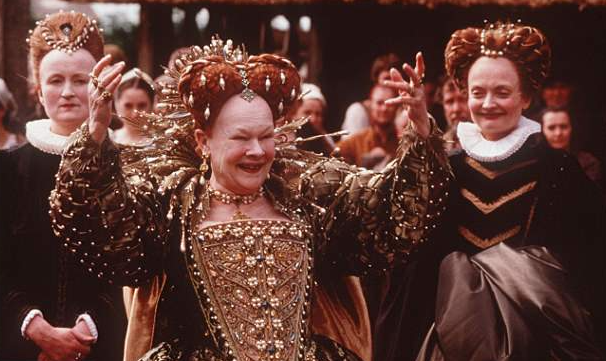
Historical records, including the account of a German traveler named Paul Hentzner who visited England in 1599, described the Queen’s teeth as blackened and decayed. Rather than hiding her dental issues, Elizabeth wore them like a badge of honor. After all, only someone of incredible means could afford to eat that much sugar.
Video:
Rot as a Status Symbol
This unexpected fashion trend took root across the upper classes. Aristocrats and noblewomen, eager to copy the Queen’s appearance, began to view darkened teeth as a sign of sophistication. It didn’t matter that the look came from tooth decay the association with sugar, and by extension with power and luxury, made it worth it.
Some people even went as far as using dyes or charcoal to stain their teeth artificially, hoping to appear wealthier than they really were. Ironically, while we now spend money to whiten our teeth, people in Elizabethan England sometimes paid to make theirs look darker.
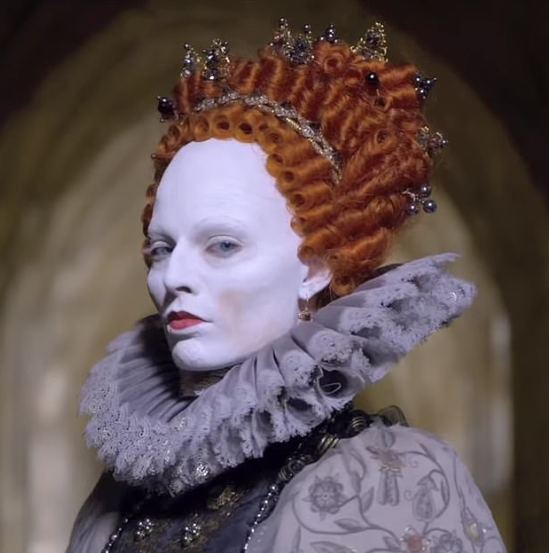
The Pain Behind the Privilege
Of course, this beauty trend came at a price. Sugar consumption, especially without the knowledge of oral hygiene, led to significant dental issues. Queen Elizabeth I reportedly suffered from painful toothaches and even lost several teeth later in life. Historical accounts mention that she sometimes stuffed her cheeks with cloth to maintain the shape of her face where teeth had once been.
But the discomfort wasn’t enough to stop others from following suit. Much like high heels today painful yet popular the trend continued because it was associated with status.
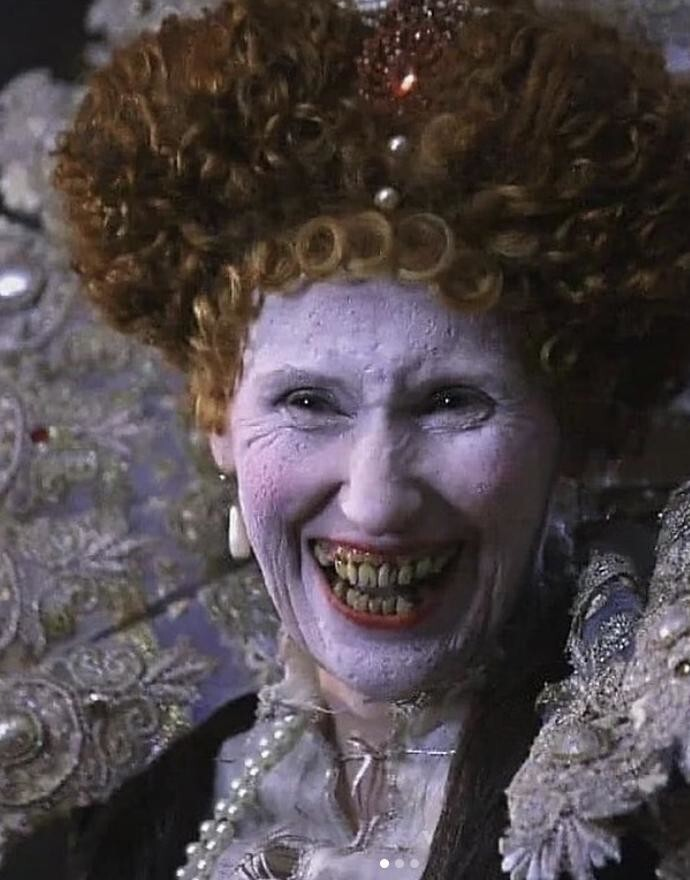
Cultural Influence of the Crown
Queen Elizabeth I was not just a monarch; she was a style icon of her time. From her elaborate gowns and ruffled collars to her red wigs and powdered face, she shaped how people dressed and carried themselves. Her influence even extended to how people cared for or didn’t care for their teeth.
Video:
12 Most Surprising Facts About Queen Elizabeth I
Her blackened teeth were one more element of her powerful image. And as the head of state and fashion, whatever the Queen displayed became something worth copying.
How Things Changed Over Time
As sugar became more affordable and widespread in the centuries that followed, black teeth began to lose their charm. When the lower classes also started suffering from tooth decay, the rich no longer saw it as a mark of distinction. Gradually, good dental hygiene became more desirable, especially with the rise of modern dentistry in the 18th and 19th centuries.
By then, white teeth started to symbolize cleanliness and health something we still value today.
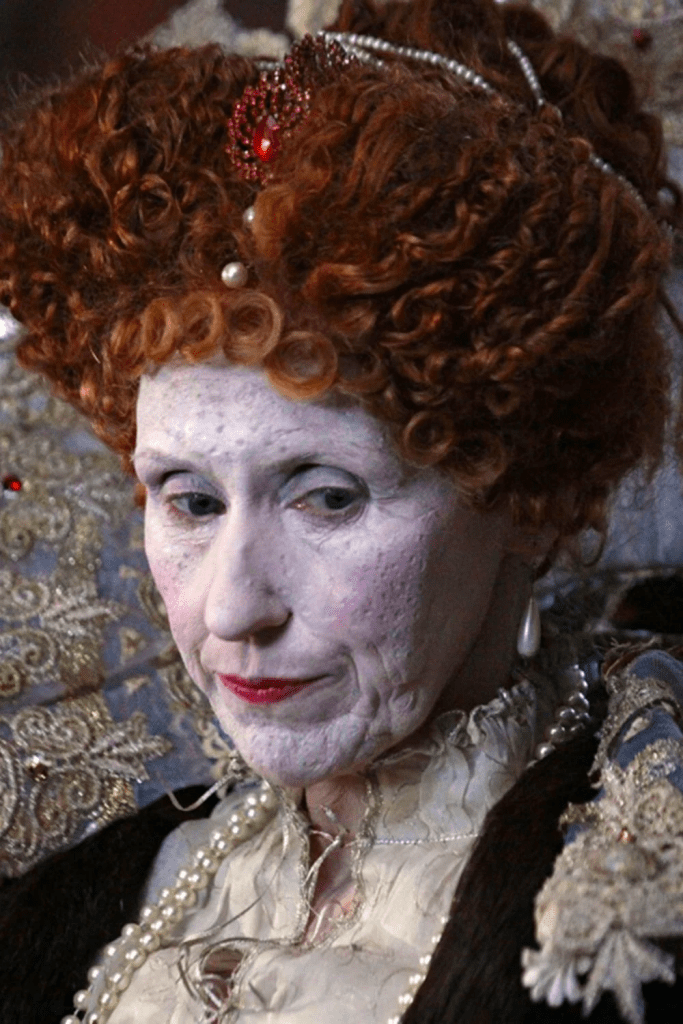
A Reflection on Changing Beauty Standards
The idea that black teeth were once considered attractive might seem ridiculous now, but it’s a powerful reminder of how beauty trends are often tied to wealth and influence. In Elizabethan England, looking unhealthy wasn’t always a bad thing if it meant you could afford the most expensive pleasures life had to offer like sugar.
Just like designer labels today, blackened teeth were once a way to show off social status. They weren’t just a side effect of indulgence they were the fashion statement of a queen.


